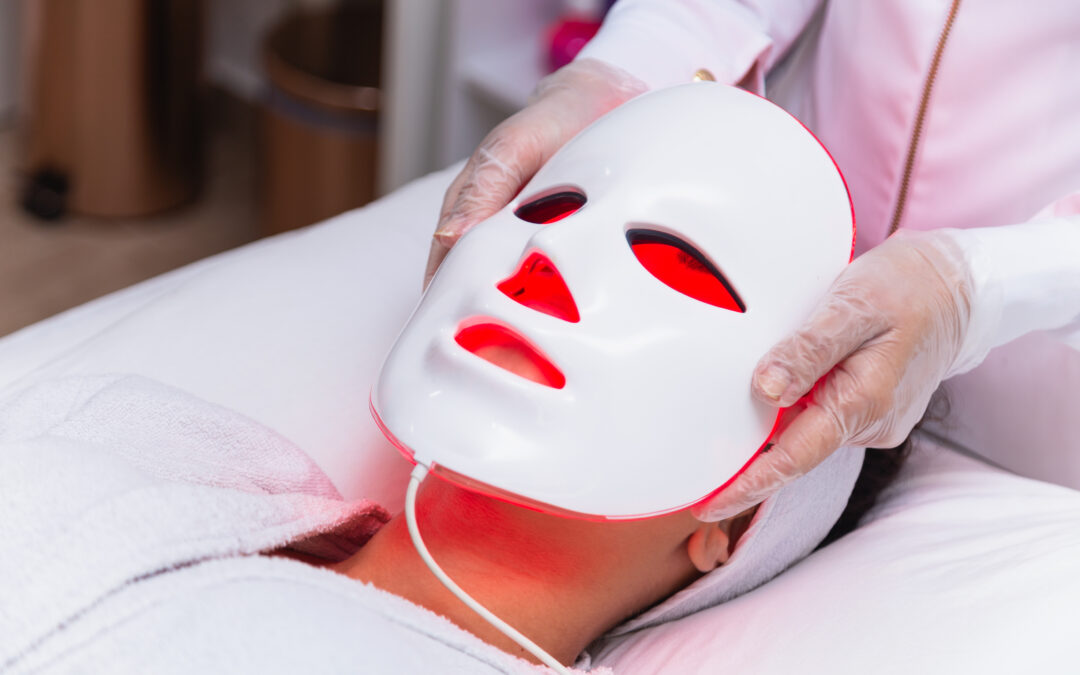“I am a better person when I have a tan!” We’ve all seen this meme on various social media sites and some of us may have used it as a clever way to suggest taking a vacation. Is there medical truth behind this too?
Phototherapy, also known as light therapy, is a treatment that utilizes ultraviolet (UV) light to address various skin conditions, such as psoriasis and eczema. While these therapies aren’t used for ‘getting a tan’, they do mimic the effects of natural sunlight – in a controlled and targeted manner. It can be a powerful tool for managing chronic skin issues, offering several benefits including reduced inflammation, slower skin cell growth, improved quality of life, and immunosuppression.
What to look for?
Medicare, and other payors, cover many in-office phototherapy treatments [1]. Additionally, some payors cover in home treatments, for specific conditions. It is important to remember that phototherapy is not a one-size-fits-all type of treatment. Consultations with doctors and dermatologists are crucial in establishing an appropriate treatment plan. Negative side effects need to be considered, as some are severe, like increased risk of skin cancer with long-term use.
With the wide range of skin conditions and therapy types in the field of phototherapy, payors should review their current medical policies to ensure they are staying on top of the most recent medical advancements in treating skin conditions. The procedure codes to look for are: 96900, Actinotherapy (ultraviolet light); 96910, Photochemotherapy; tar and ultraviolet B (Goeckerman treatment); and 96912, Photochemotherapy. HCPC codes for ultraviolet light therapy systems (in home use) are E0691-E0694. Additionally, payors should look for some possible billing trends:
1) Providers billing for a high number of in-home phototherapy.
2) Providers consistently billing for phototherapy on a patient’s first visit.
3) Providers billing for phototherapy with diagnoses not related to skin conditions, or to minor skin conditions.
HCFS has you covered!
Ensuring that billed procedure codes correlate with covered diagnosis codes can be tedious and difficult. If you’re using the HCFSPlatform™, we have you covered. We have many specific Alerts set up to flag claims when a supporting diagnosis is missing. Additionally, our Artificial Intelligence (AI) models can help identify spikes in billing and other anomalous billing patterns. In addition to those, HCFS recently added these alerts specific to phototherapies:
[2709-01] – SUPPORTING DIAGNOSIS MISSING, ULTRAVIOLET LIGHT THERAPY SYSTEM, SYSTEM PANELS, REPLACEMENT BULB/LAMPS
[2709-02] – SUPPORTING DIAGNOSIS MISSING, ACTINOTHERAPY (ULTRAVIOLET LIGHT, NARROW BAND UVB)
[2709-03] – SUPPORTING DIAGNOSIS MISSING, PHOTOCHEMOTHERAPY; TAR/PETROLATUM AND UVB (GOECKERMAN TREATMENT)
[2709-04] – SUPPORTING DIAGNOSIS MISSING, PHOTOCHEMOTHERAPY (PUVA/GOECKERMAN)
[1] https://www.cms.gov/regulations-and-guidance/guidance/manuals/downloads/ncd103c1_part4.pdf
If you have questions or comments you may email us at [email protected].

